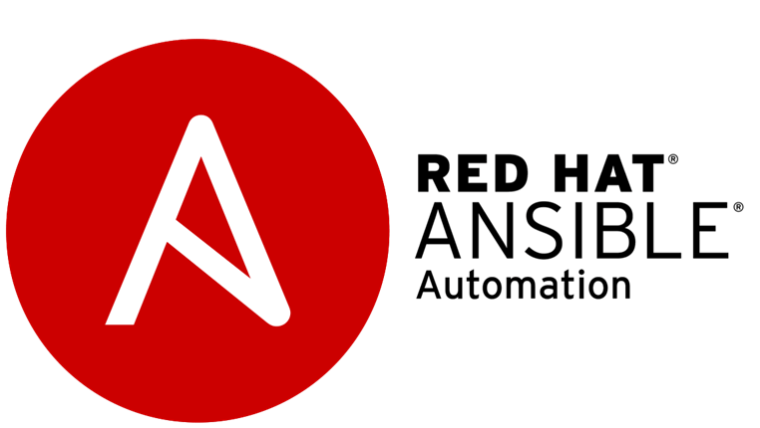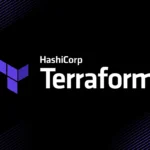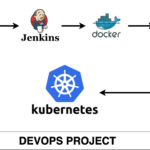1. What is Ansible, and why is it used?
Ansible is a widely-used open-source automation tool that streamlines configuration management, application deployment, and IT orchestration. It is based on a straightforward, human-readable YAML format for defining tasks and does not require agent installation on target systems. Ansible’s simplicity, lightweight nature, and ability to manage complex operations at scale make it a powerful choice for DevOps teams looking to automate infrastructure management efficiently.
2. What are the core components of Ansible’s architecture?
Ansible’s architecture includes several key components that work in tandem to enable effective automation:
- Control Node: The system where Ansible is installed, from which commands are initiated.
- Managed Nodes: The target systems that Ansible manages.
- Inventory: A file that outlines all the systems (hosts) managed by Ansible, often organized into groups.
- Modules: Ansible’s built-in scripts that execute tasks on the managed nodes, such as installing software or managing files.
- Playbooks: YAML files where tasks are written and organized for automation.
- Plugins: Extend Ansible’s capabilities, providing functionality like connection management, caching, or logging.
These components work together to execute and automate a variety of IT tasks across multiple machines.
3. How do Ansible Playbooks differ from ad-hoc commands?
Ansible Playbooks are structured YAML files that define a series of tasks to be performed on managed nodes. Playbooks allow you to define more complex workflows, use variables, and include loops and conditionals for dynamic task execution. They are reusable and can be shared.
On the other hand, ad-hoc commands are single-use commands executed from the Ansible command line, ideal for quick, one-off tasks without the need to create a playbook.
4. Can you explain what Ansible Modules are and provide examples?
Ansible Modules are individual units of code that perform specific tasks on managed nodes. They are the building blocks of Ansible tasks, responsible for executing operations such as package installation, file copying, or service management. Examples include:
- apt: Manages package installations on Debian-based systems.
- yum: Manages packages on Red Hat-based systems.
- copy: Copies files from the control node to managed nodes.
- service: Manages system services (start, stop, restart).
- user: Manages user accounts on target systems.
Ansible offers more than 1,000 modules, making it versatile for various automation scenarios.
5. What is an Inventory file, and how is it structured in Ansible?
An Ansible Inventory file lists and categorizes all the hosts that Ansible manages. This file can be static (a simple text file) or dynamic (integrating with external systems such as cloud providers). The structure of a typical INI-style inventory looks like this:
iniCopy code[webservers]
server1.example.com
server2.example.com
[databases]
db1.example.com
db2.example.com
Groups can be defined to organize hosts, making it easier to target specific systems for different tasks.
6. What are Variables in Ansible, and how do they improve automation?
In Ansible, Variables enable dynamic and flexible task execution. They allow users to inject values into playbooks, making them adaptable to different environments or conditions. Variables can be defined in playbooks, inventory files, or external sources. For example, using a variable like app_version lets you customize the application version across multiple systems without editing the playbook directly.
7. What role do Handlers play in Ansible?
Handlers in Ansible are special tasks that only execute when they are notified by another task. They are commonly used for actions that need to occur conditionally, such as restarting a service after a configuration change. For instance, if a configuration file is modified, a handler can be triggered to restart the corresponding service to apply the changes.
8. How does Ansible compare to other automation tools like Chef and Puppet?
Ansible stands out from tools like Chef and Puppet in several key areas:
- Agentless: Ansible operates without requiring agents to be installed on managed nodes, making it easier to use and maintain.
- Push-based model: Unlike Chef and Puppet’s pull-based models, Ansible pushes configurations to nodes, simplifying the architecture.
- Human-readable language: Ansible uses YAML, a simple markup language, which is more accessible than the Ruby-based configuration of Chef or the custom DSL (Domain-Specific Language) of Puppet.
- Ease of use: Ansible’s learning curve is gentle, making it ideal for teams looking to quickly implement automation without steep technical overhead.
9. What is Ansible Galaxy, and how is it useful?
Ansible Galaxy is a community-driven repository of pre-built content, including roles and collections, that can be reused to speed up automation development. It allows users to share, download, and leverage roles for common tasks like configuring web servers, setting up databases, and more. This shared repository helps standardize configurations and reduce duplication of effort.
10. What are some best practices for using Ansible in a production environment?
To ensure Ansible’s effectiveness and security in production, consider the following best practices:
- Version control: Use Git to manage playbooks and configurations, ensuring proper versioning and collaboration.
- Dynamic inventory: In cloud environments, use dynamic inventory to automatically update host information and reduce manual configuration.
- Secure sensitive data: Use Ansible Vault to encrypt sensitive information such as passwords and API keys, ensuring secure operations.
- Test before production: Always test playbooks in a staging environment before applying them to production systems to minimize risks.
- Modularize playbooks: Organize playbooks into roles and use content from Ansible Galaxy to create reusable, modular tasks for better maintenance and scalability.



